The diverse range of fabric types and weaves encapsulates a narrative of heritage and meticulous craftsmanship, showcasing unique properties and characteristics. Tweed’s enduring ruggedness, Linen’s airy refinement, Wool’s sumptuous insulation, and Cotton’s comforting breathability illustrate the spectrum of qualities that define sartorial choices. Your choice of weave and fabric can make a big impression for what your suit, outerwear, or sport coats has to offer.
Read more about when to choose the various materials in Timeless Style 101: A Classic Menswear Guide
Table of Contents
Fabrics Material
In understanding the nuances of material composition, each fabric type—be it Silk’s opulent smoothness or Cashmere’s luxurious softness—offers a distinct touch and appearance. These materials, with their inherent qualities, create a tapestry of choices tailored to personal preferences and occasions.

Cotton
Cotton is a soft, breathable, and versatile fabric derived from the cotton plant. Its lightweight nature and ability to absorb moisture make it comfortable to wear, particularly in warmer temperatures. Cotton suits are easy to care for and typically resist pilling. However, they tend to wrinkle easily, requiring more maintenance to keep a polished appearance.
Linen
Made from the flax plant, Linen is highly breathable, lightweight, and renowned for its cooling properties. It has a crisp texture and a natural luster that creates a relaxed yet refined appearance. Linen suits are perfect for warmer climates due to their exceptional breathability, allowing air to circulate around the body. However, Linen wrinkles easily, which can be seen as a characteristic feature by some or a drawback by others, requiring more maintenance to keep the garment looking crisp.
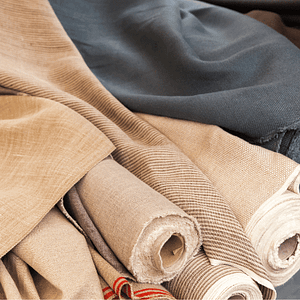
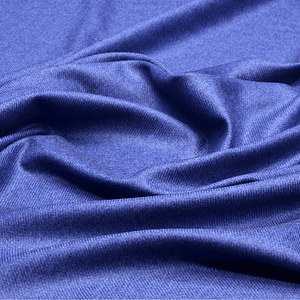
Silk
Known for its luxurious feel and natural sheen, silk is a fine and smooth fabric. It’s often used in linings, ties, and dressier garments due to its elegance and drape.
Wool
Wool is a versatile natural fiber known for its softness, warmth, and natural elasticity. It’s available in various weights and textures, making it suitable for a wide range of climates. Fine merino wool is incredibly soft and luxurious, while heavier wools like tweed provide robustness and warmth. Wool has excellent insulating properties, retaining heat even when wet, and it’s naturally wrinkle-resistant. However, some individuals might find certain types of wool less breathable in hotter climates. There are various types of wool
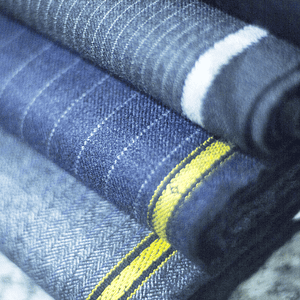
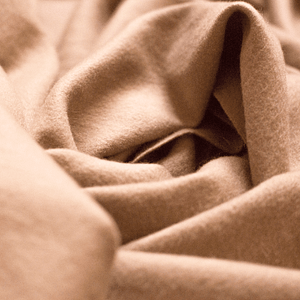
Cashmere
Cashmere, is a type of wool. It is derived from the soft undercoat of Cashmere goats, is a luxurious and lightweight wool known for its exceptional softness, warmth, and insulating properties.
Mohair
Mohair is a fabric made from the hair of Angora goats, prized for its luster, durability, and resistance to wrinkles. It’s often used in suits and sport coats for its luxurious appearance.
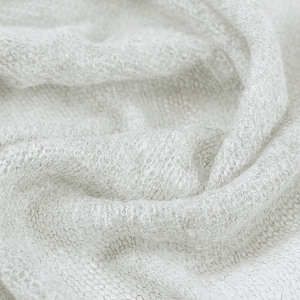
Each fabric presents unique traits that cater to diverse preferences. Linen, prized for its breathability and lightweight feel; Wool, renowned for its adaptability and insulation; Cotton, favored for its comfort and effortless wearability; and Silk, celebrated for its luxurious sheen and smooth texture. The selection among these materials frequently hinges on individual style, local climate, and the desired aesthetic and tactile experience the suit should embody.
Weaves Insight
Distinctive weaving patterns, such as Herringbone’s structured elegance or Velvet’s lush texture, complement these materials, adding depth and character to tailored garments. The weave selection, whether embracing Seersucker’s relaxed puckering or the plushness of ruggedness of Tweed, can make a big difference for both durability, warmth, breathability, and style.
Watch our video on the topic:
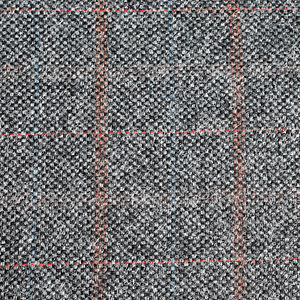
Tweed
Tweed is a rough, woolen fabric weave originating from Scotland. It’s known for its durability, warmth, and intricate woven patterns, often featuring earthy tones and herringbone or check designs. Its thick, dense weave provides excellent insulation, making it suitable for colder climates. While durable, its weight can be a drawback in warmer weather. Tweed’s textured appearance adds a rustic charm, making it a classic choice for jackets and sports coats.
Velvet
Velvet is a plush fabric with a soft, dense pile that gives it a luxurious and elegant appearance. It’s occasionally used in formal jackets or dinner jackets for special occasions.
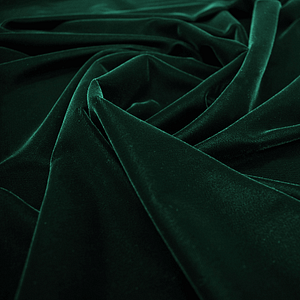
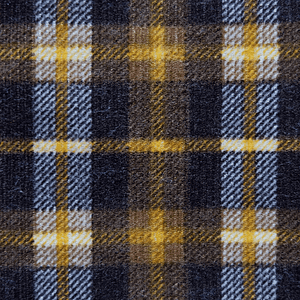
Flannel
Flannel is a soft and brushed fabric, typically made from wool or cotton. It’s valued for its warmth and comfort, often used in winter suits or trousers.
Herringbone
Herringbone is a distinctive V-shaped weaving pattern that can be applied to various materials like wool, tweed, or cotton. It adds texture and visual interest to garments.
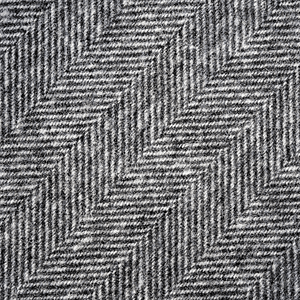
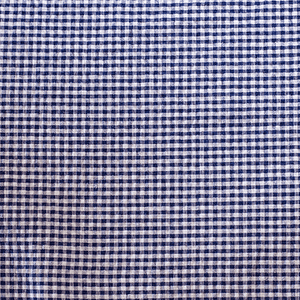
Seersucker
Seersucker is a thin, puckered fabric, usually cotton, known for its crinkled appearance. It’s lightweight and breathable, making it suitable for warmer climates.
Birdseye
Birdseye is a small-scale pattern that resembles tiny dots or eye shapes, creating a textured and subtle yet distinctive appearance.
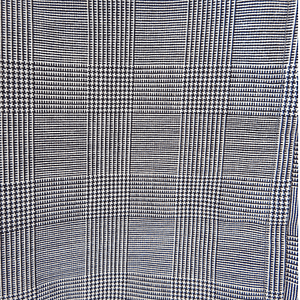
Prince of Wales
The Prince of Wales pattern features a checkered design composed of small and large checks, usually in muted tones, conveying a timeless and sophisticated look.
Houndstooth
Houndstooth is characterized by its broken checks in a four-point pattern, often seen in contrasting colors, creating a classic and bold visual effect.
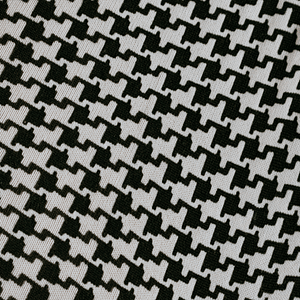
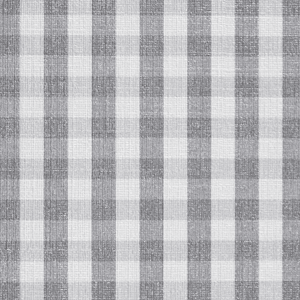
Windowpane
Windowpane is a bold and straightforward pattern characterized by wide, spaced-apart vertical and horizontal lines that form a grid, resembling windowpanes.
Pinstripe
Pinstripe is a thin, vertical stripe pattern running along the fabric, adding a subtle and formal touch to a sport coat, often associated with business attire.
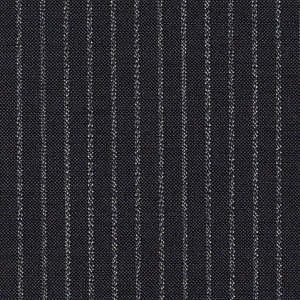
In the rich tapestry of menswear, the choice of weaves and materials serves as an artful expression, offering a spectrum of textures, patterns, and characteristics. From the sophisticated elegance of Birdseye and Houndstooth to the timeless appeal of Prince of Wales and Windowpane, these weaves infuse sport coats with distinctive visual elements. Complementing these weaves, the diverse materials — whether the rugged resilience of Tweed, the breezy refinement of Linen, the luxurious warmth of Wool, or the comforting breathability of Cotton — provide a canvas for craftsmanship, enabling an array of tailored options that cater to individual preferences and occasions. Together, these materials and weaves interweave a narrative of style and sophistication, shaping the essence of classic menswear for the discerning individual.

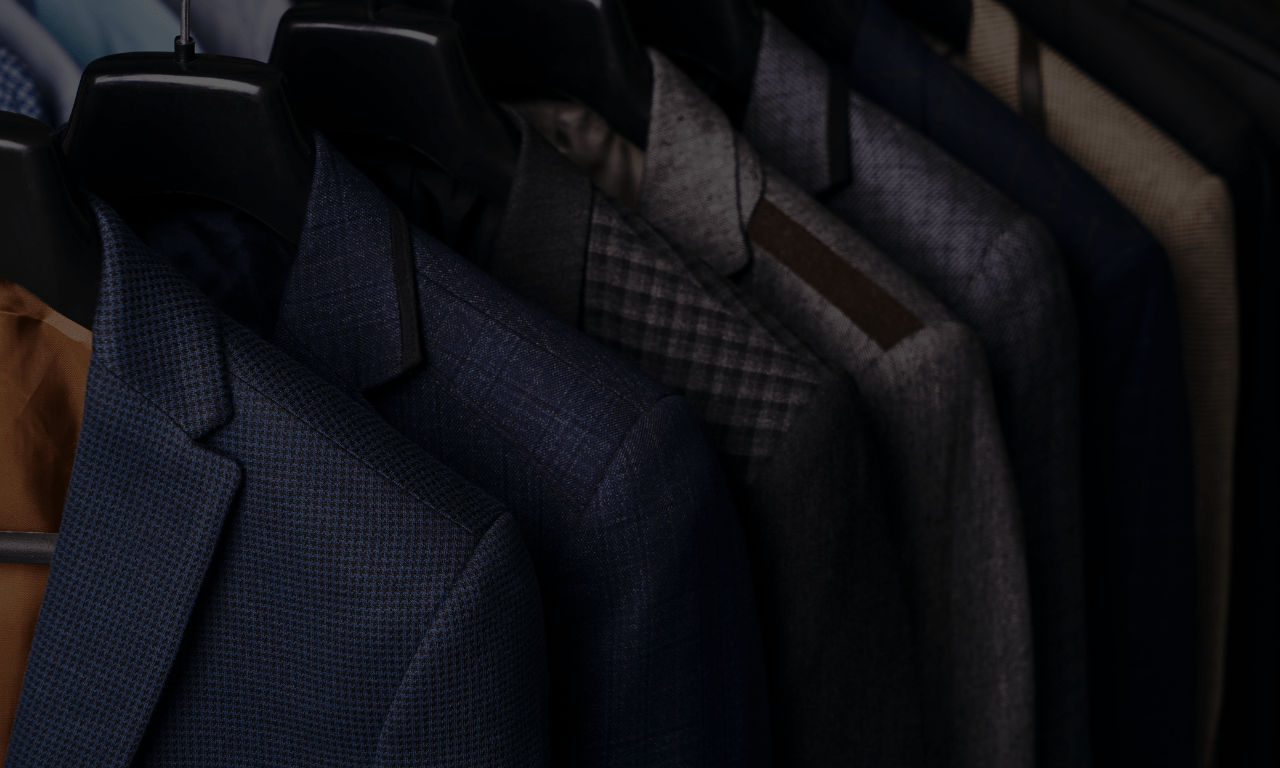
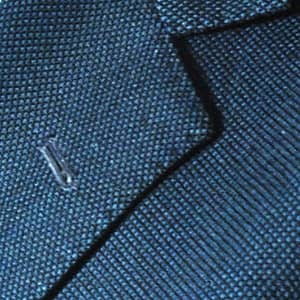
2 responses to “The Right Fabrics 101: Natural Fabrics & Weaves”
[…] 3. Fabric Matters: […]
[…] Read more: The Right Fabrics 101: Natural Fabrics & Weaves […]